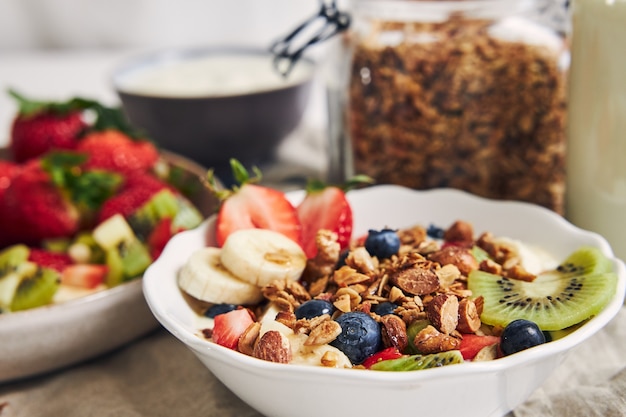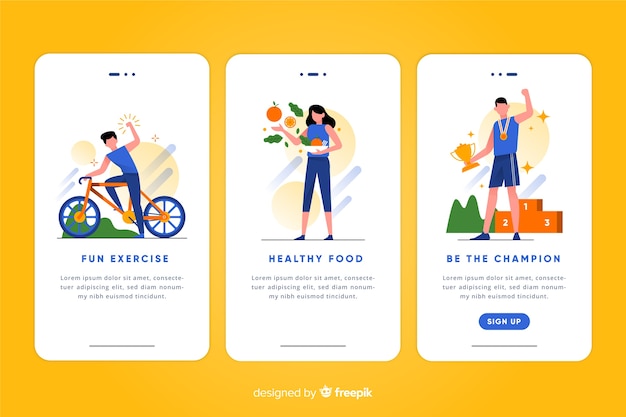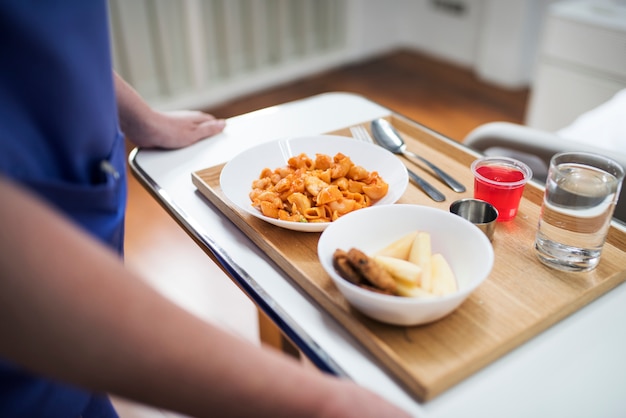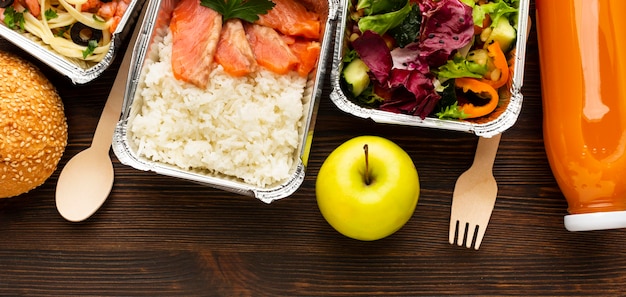Living with diabetes doesn’t have to mean complex routines or expensive tools. With the right strategies, you can manage your blood sugar effectively—even with a packed schedule. The good news? Many science-backed techniques require little to no equipment and can fit seamlessly into real-world lifestyles.
Chronic conditions like diabetes thrive on consistency, not complexity. Overly demanding regimens often lead to burnout. Research shows that sustainable habits—small, repeatable actions—are more effective long-term than intensive but short-lived efforts.
This article outlines 14 evidence-based, low-effort strategies designed for real people with real schedules. No gym memberships. No fancy gadgets. Just practical, science-supported tips to help you stay in control.

Studies show that eating protein first thing in the morning helps stabilize blood glucose levels throughout the day. Try two eggs, Greek yogurt, or a handful of nuts. This simple habit reduces cravings and prevents mid-morning spikes.

Post-meal walking is one of the most effective ways to lower blood sugar. Just 10 minutes of light walking after eating can reduce glucose spikes by up to 22%, according to research published in *Diabetes Care*. No gym needed—just step outside or pace around your home.
Fill half your plate with non-starchy vegetables, one-quarter with lean protein, and one-quarter with whole grains or starchy vegetables. This visual guide requires no measuring cups or apps and aligns with American Diabetes Association recommendations for balanced eating.
Poor sleep disrupts insulin sensitivity. Aim for 7–8 hours nightly. If your schedule is erratic, focus on consistency: go to bed and wake up at the same time, even on weekends. A dark, cool room and avoiding screens 30 minutes before bed can improve sleep quality without extra cost.
Eating slowly and without distractions helps regulate blood sugar and prevents overeating. Put your phone away, chew thoroughly, and pause between bites. This small shift improves digestion and enhances satiety signals.
Dehydration can raise blood glucose levels. Keep a water bottle nearby and sip throughout the day. If plain water is boring, add a slice of lemon or cucumber. Avoid sugary drinks—even fruit juices can cause spikes.
Check your levels upon waking, before meals, and 1–2 hours after eating. This pattern helps identify trends without constant testing. Use the data to adjust food choices or activity—no guesswork needed.
Processed foods often contain hidden sugars and unhealthy fats. Stick to whole, single-ingredient foods like vegetables, fruits, legumes, nuts, and lean meats. They’re naturally lower in carbs and higher in fiber, which helps manage glucose.

Stress triggers cortisol release, which raises blood sugar. Just 2–3 minutes of deep breathing—inhale for 4 counts, hold for 4, exhale for 6—can calm your nervous system. Do it during work breaks or while waiting for meals to cook.
Fiber slows glucose absorption. Aim for 25–30 grams daily from sources like beans, oats, broccoli, apples, and chia seeds. Add a tablespoon of flaxseed to your breakfast or snack on raw veggies to boost intake effortlessly.
Spread carb intake evenly across meals to avoid spikes. Pair carbs with protein or fat—like apple slices with peanut butter—to further slow digestion and reduce glucose impact.
Writing down what you eat—even briefly—increases awareness and accountability. Note meals, mood, and energy levels. Patterns will emerge, helping you make smarter choices without strict dieting.
You don’t need 30 minutes at once. Three 10-minute walks spread through the day are just as effective for glucose control. Set phone reminders to stand, stretch, or walk during breaks.
Keep healthy snacks visible and sugary ones out of sight. Inform family or coworkers about your goals—social support improves adherence. Small environmental tweaks make healthy choices the default, not the struggle.
Managing diabetes doesn’t require perfection. It’s about consistency, awareness, and small wins. These 14 tips are designed to be sustainable, requiring minimal time or gear. Start with one or two that fit your life, and build from there. Over time, these habits become second nature—helping you live well with diabetes, every single day.

Health

Health

Health

Health

Health

Health

Health

Fitness

Health

Health

Health

Health

Health

Fitness

Health

Health